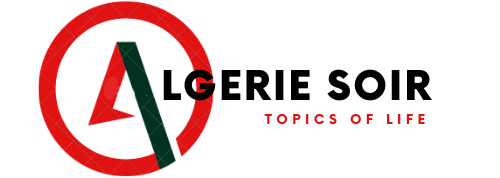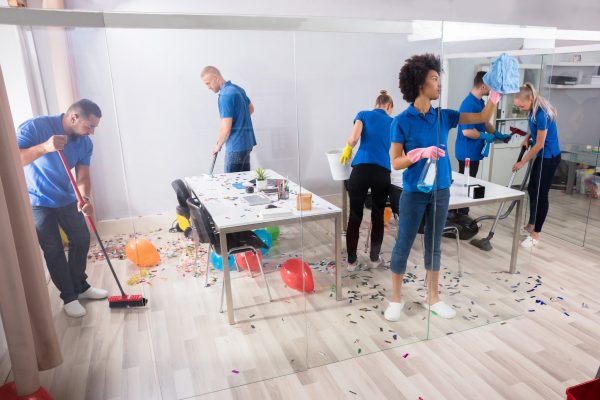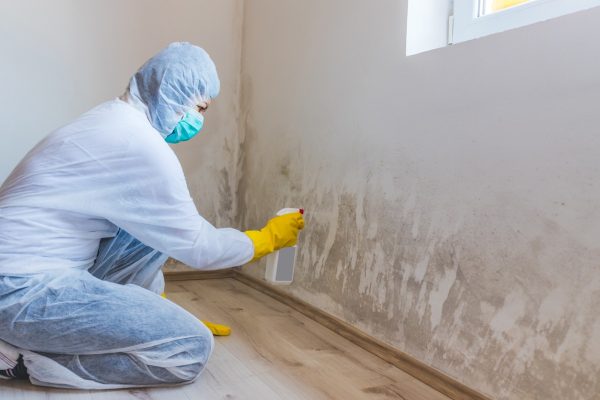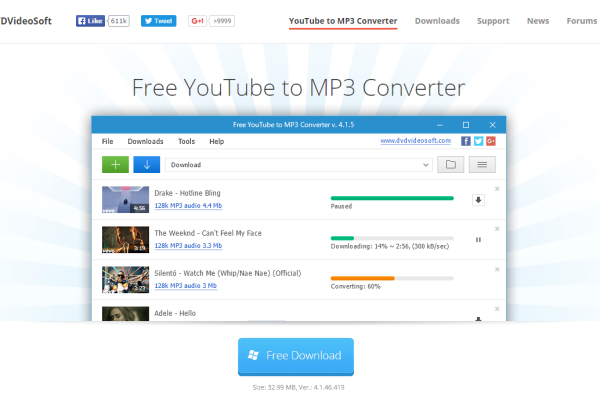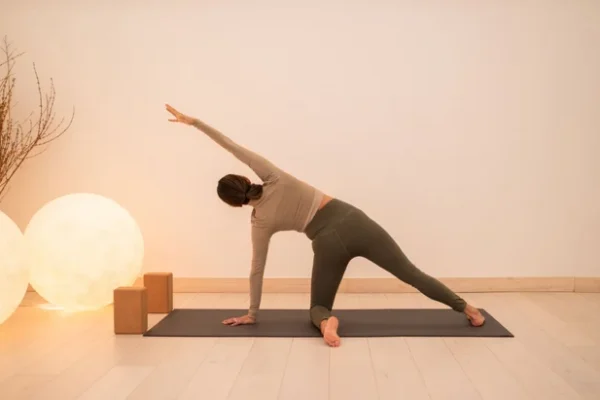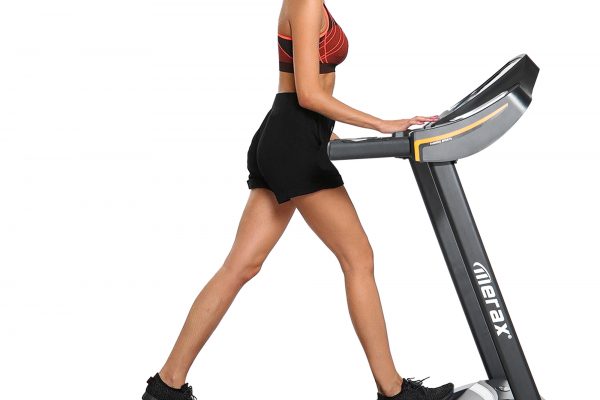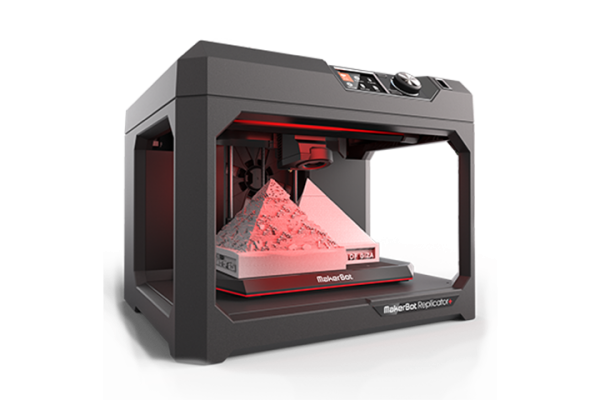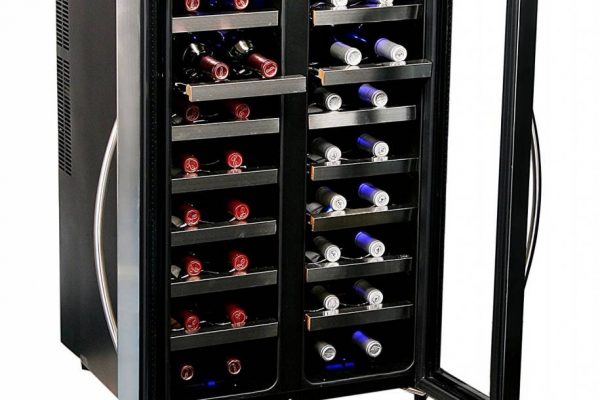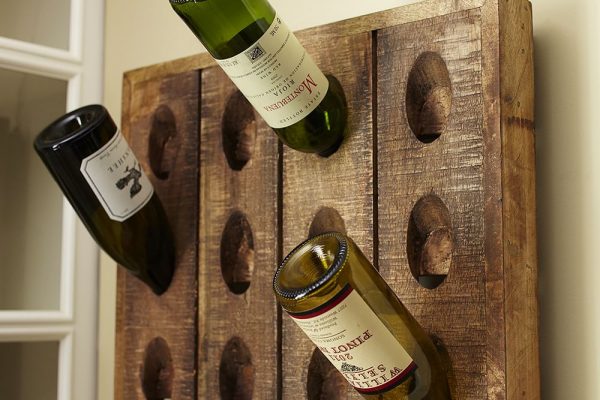A swimming pool heat pump install is packed with essential features by Minerva Pools. Whether you are looking to keep your water temperature at a comfortable level or extend the life of your pool, installing a heat pump can help you reach these goals. By understanding the basics of a swimming pool heat pump installation and what it entails, you can approach the process confidently and get the most out of your purchase.

What Is a Swimming Pool Heat Pump?
A swimming pool heat pump is an energy-efficient device used to maintain warm temperatures in pools during cold weather. It works by drawing energy from the outside air and transferring it into the swimming pool water as warmth. The result is that your swimming pool stays warmer than normal so that it remains comfortable for users year-round.
Benefits of Installing A Heat Pump
Swimming pools require an immense amount of energy to stay heated all year long, but with a heat pump, you can reduce your electricity consumption significantly while still enjoying a warm swim regardless of the season. Other benefits include:
• Extending The Lifespan Of Your Pool:
With regular use, chlorine and other chemicals frequently added to keep the pool safe can take its toll on the lining over time – with a heat pump installed, this damage can be greatly reduced since there will be fewer fluctuations in temperature throughout the year.
• Cost Savings:
As mentioned before, installing a heat pump saves money in terms of energy usage while also reducing maintenance costs due to less wear and tear on equipment such as pumps and filters which would otherwise need frequent replacement or repair if exposed too frequently hot/cold temperatures changes.
• Comfort And Enjoyment:
Not only does having consistent temperatures make swimming more enjoyable for everyone involved, but it also allows family members who may suffer from chronic illnesses or have physical limitations to access their pool without worrying about extreme variations causing discomfort when entering or exiting.
Heat Pump Installation Requirements
Before beginning any installation process, ensure that you meet all necessary safety requirements, including local codes specifically related to electrical wiring and gas lines (if applicable). Also, consider siting your unit away from potential sources of debris or dirt, such as nearby trees or bushes – this will reduce future maintenance and improve overall performance! Also, consult the manufacturer’s instructions for any other specific requirements needed for successful operation, such as clearances around vents/ducts etc., recommended coil spacing etc. Finally, remember that not all pumps are created equal; depending on size/type, some may require additional support, such as concrete foundations if installed outdoors, whilst others are self-supporting indoor units designed for indoor use only, so please read carefully before committing to anything permanent!
Preparations before installation
Before starting the actual installation, there are a few key points to consider – budget is one of them, as proper planning up front will help avoid any unforeseen costs down the line due to inadequate insulation or unexpected repairs due to incorrect sizing/capacity selection up front. Secondly, always check that the existing pipework meets the manufacturer’s specifications (i.e. does it meet the pipe diameter & material requirements? The last thing you want is to discover a faulty valve assembly after construction and have to replace it again! Thirdly, if you are unsure, consult experts who specialize in the field, especially regarding local building codes/regulations etc; failure to comply could lead to hefty fines plus undoing work already completed, thus wasting valuable resources & time altogether…
Step-by-step installation process
Once all requirements have been met & everything is ready, the actual installation process begins… Depending on the type of model chosen, either DIY option is possible, following the manufacturer’s guidelines, paying extra attention to details critical to success OR opting for the professional service route highly recommended, especially for unfamiliar tasks, and complex systems – although usually slightly more expensive in the long run, improved results, improved longevity, lower running costs outweigh the initial cost, making it a worthwhile investment both financially and environmentally! Whichever route you choose, follow these steps to ensure a smooth transition from start to finish:
1) Remove old components first:
If an existing system is present, disconnect the power shut-off valve(s), then remove components safely and dispose of waste in accordance with local environmental regulations.
2) Install new parts:
Now ready put the pieces together, starting with ground loop fitting followed by connecting pipes, intake & exhaust connections – depending on layout, either using existing ductwork running own set directly outside walls .. next attach cables wall socket(s) designated place finally connect the timer mechanism complete circuit protections ensure future safety example GFCI outlets etc.
3) Test everything:
Once finished, check test mode to confirm working correctly and switch to operational mode allowing full power transfer start heating immediately! Congratulations, job done… But don’t forget routine maintenance, clean filters regularly, inspect evaporator coil, and condenser fan blades, replace worn parts as necessary, prolong life, and efficiency gains!

Conclusion
Installing a new pool heat pump requires knowledge and skill – but once completed it offers great potential for cost savings and increased comfort during the colder months, making the investment worthwhile in the long term. The above guide should provide everyone with a basic roadmap for successful project completion, ensuring many years of enjoyment come rain or shine!
